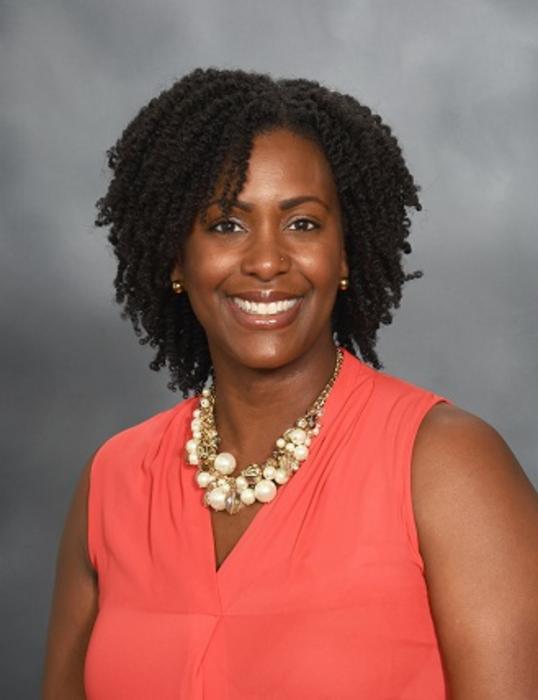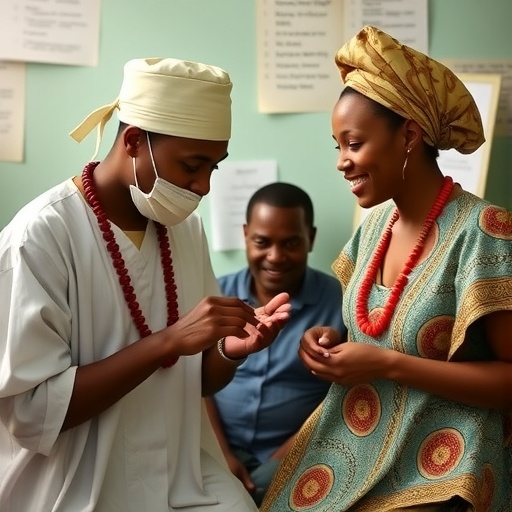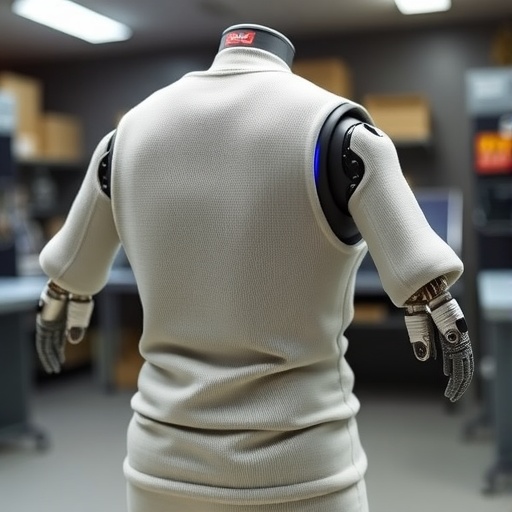Research on virtual reality is expanding as the technology grows, but too much of that research is being conducted with participants who don’t reflect the general population.

Credit: Lehigh University
Research on virtual reality is expanding as the technology grows, but too much of that research is being conducted with participants who don’t reflect the general population.
The Virtual Experience Research Accelerator (VERA), a $5 million National Science Foundation-funded project, is creating a system to provide researchers with access to large, reliable, diverse groups of participants for an array of research projects on and using VR.
“A lot of research in this area suffers from using participant samples that are too small and homogenous,” said VERA co-leader Valerie Jones Taylor, an associate professor of psychology with a joint appointment in Africana Studies at Lehigh University. “That means there’s a possibility that we cannot generalize findings to the larger population.”
Members of groups that are underrepresented in current research – including senior citizens, those with disabilities, racial and ethnic minorities, those with limited access to technology, and women and gender minorities – may lose out on benefits from the use of VR technologies.
To help make these advancements more accessible to everyone, the VERA team is working to recruit both standing and scalable groups of participants that reflect the demographics of populations that VR researchers most need to study. These may range from smaller, defined groups to participate in longitudinal studies to groups in the thousands, reflective of the general U.S. population.
The VERA system will also make the opportunity to conduct high-quality research more accessible to researchers and students at different types of institutions. Historically, small and regional institutions have lacked the resources to conduct VR research locally.
“Ultimately, this project holds promise in the goals of diversifying the VR community at every level, from research participants to researchers to industry professionals,” Taylor said. “As VR use becomes more widespread, we hope that translates to more access and equity within our society.”
Taylor’s own research has focused on the potential of VR to improve encounters between members of different races. She previously was awarded a National Science Foundation CAREER Award for her work in that area.
VERA is co-led by Taylor and researchers at the University of Central Florida, Stanford University, Davidson College and Cornell Tech (including XR Access). The nearly $5 million project is part of the NSF’s recently announced $16.1 million Computer and Information Science and Engineering (CISE) Community Research Infrastructure grant awards.




